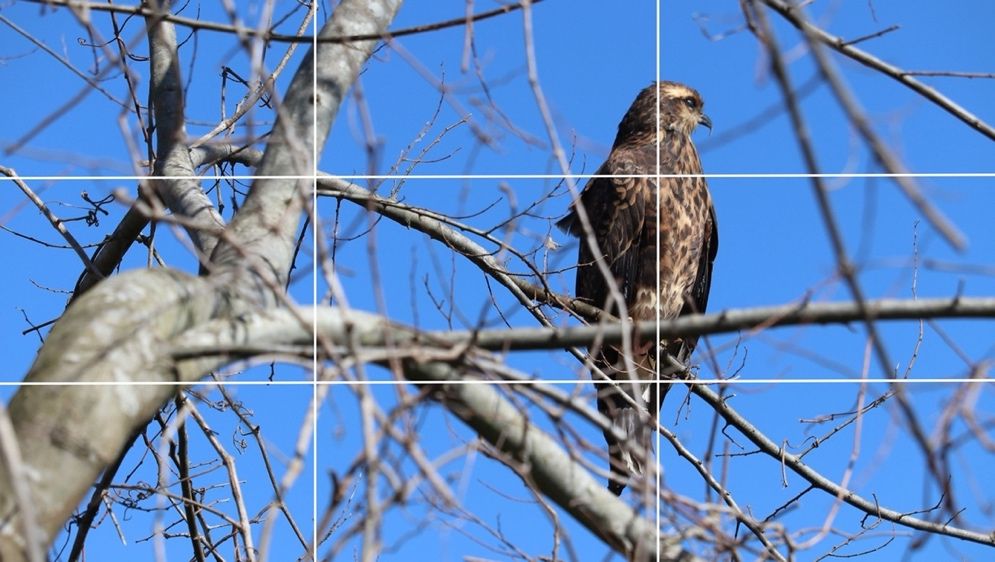Smartphone Photography to Communicate Science
Introduction
As scientists seek to communicate with various audiences, photography can be a useful tool. As Jo Bradford (2018) says in Smart Phone Smart Photography, “There’s a saying in the photography world that the best camera for the job is the one you have with you when a photo opportunity arises.” This guide intends to equip scientists, Extension professionals, and program participants to capture and share high quality photographs using the smartphones in their back pockets.
Science Communication for Science-Based Decision-Making
When it comes to communicating science, a common assumption is that a lack of information or understanding of science fully explains why more people do not appear to accept scientific claims, engage in behaviors, or support policies that are consistent with evidence. This is known amongst science communication researchers as the deficit model (Christopherson, 2018). The research on science communication, however, shows that audiences may already understand these scientific findings but, for a variety of reasons, do not agree or act consistently with the evidence presented. People rarely make decisions based solely on scientific information (Christopherson, 2018). Instead, they typically consider their own goals and needs, knowledge and skills, and values and beliefs (Besley & Dudo, 2022). According to Besley and Dudo (2022, p. 16), "One of the most important long-term goals of science communication is to ensure that people see science as a legitimate source of insight when making decisions in society. In other words, the goal may not be support for every decision but, rather, acceptance of the fairness of science decision-making processes." Photographs are an important communication tool for helping citizens see and understand science.
Why Photographs Are Important to Communicate Science
Media messages are constructed, and visuals are an important part of the process. While it is wonderful when scientists can interact directly with the public, science communication typically involves mediated information. Mediated information in the form of news articles, websites, and social media posts interpose text-based information with visuals that often take the form of photographs. “Images are powerful means of both generating and communicating scientific results; a compelling image can convey a scientific result more effectively than words, whereas a poor image can readily undermine a result or interpretation” (Watson & Lom, 2017, p. 27).
In his book, Photography Changes Everything, Marvin Heiferman (2012) discussed impacts of photography on every facet of society and culture. “Scientists, engineers, sociologists, historians, advertising agencies, and fashion designers use photographs to prove a point, influence behavior, interpret human nature, or to preserve a moment in time” (p. 7).
Heiferman referred to photography as “the pencil of nature,” and he outlined several ways citizens can be impacted by photography:
- Photography changes what we want.
- Photography changes what we see.
- Photography changes who we are.
- Photography changes what we do.
- Photography changes where we go.
- Photography changes what we remember.
This perspective on photography can be quite helpful for Extension professionals and volunteers. For example, a photo of a mature plant at a UF/IFAS Extension Florida Master Gardener Volunteer Program sale can help a citizen see its potential for growth. Photos from various UF/IFAS Extension Florida 4-H Youth Development Program events throughout the year displayed at an end-of-year banquet can help youth and families remember and reflect upon their experiences. A photograph of a full room of citizens learning about financial planning may compel support from local officials to continue the program.
How to Take Great Photos, Regardless of Equipment
Extension professionals have many things to consider in planning programs and events. While it may not always be possible to have high-end equipment or a professional photographer available, most agents, specialists, and volunteers will have a smartphone available to capture the event. When you see a story coming together, there are a few things to keep in mind as you decide what to photograph (Carr, 2012, p. 459).
- Take photos of people, not just equipment or environments.
- Encourage the people you photograph to act in natural ways. Show what they are doing.
- Develop a plan for the photos you want to capture in an environment.
- Minimize clutter and distractions in photos. Keep the focus on the subject.
- Take photos at eye level or your subjects’ height.
How to Take Great Photos With Your Smartphone
Once you decide what to photograph, you want to take the highest quality photos possible with your phone. There are some simple things you can do to maximize photo quality.
- Clean Lens: We use our smartphones for many purposes throughout our days. When you get ready to take photos, you want to make sure your lens is clean.
- Clean Background: Look at the background of your subject. Is it messy or cluttered? Is there anything distracting viewers from your main subject?
- Steady Hand: When taking photos, lean against something sturdy or brace your arms against your sides to keep your phone as steady as possible.
- Natural Light: While direct sunlight can cause shadows or squinting for your subjects, maximizing the natural light outside or through windows is a great way to enhance your photos. Bradford (2018, p. 42) distinguishes great photographers as those who “develop a keen understanding about the potential light has to affect the images they make.”
- Rule of Thirds and Gridlines: Within your smartphone settings, you can usually opt to show gridlines when you take photos. This will display a grid of nine equal parts. Try to place the subject of your photos at one of the grid’s intersections. This is a fundamental rule in photo composition to help enhance visual interest.

Credit: Lisa Lundy, UF/IFAS
- Shallow Depth of Field: What objects in your photo are in focus? When you have a wide depth of field, everything in the photo is in focus. When you have a shallow depth of field, a foreground area (often a person or other subject) is in focus, and everything else around it is out of focus. Photographers often use aperture to create this effect, but smartphones have a mode called “portrait” that works similarly.

Credit: Lisa Lundy, UF/IFAS
Photography is a storytelling tool always at your disposal in Extension. By taking smartphone photos, we create a visual record of events and programs. We can look back and literally see what worked well and what we can improve. We can visually demonstrate the impact of our programs.
References
Besley, J. C., & Dudo, A. (2022). Strategic science communication: A guide to setting the right objectives for more effective public engagement. Baltimore: Johns Hopkins University Press. https://doi.org/10.56021/9781421444215
Bradford, J. (2018). Smart phone smart photography. London: Cico Books.
Carr, J. P. (2012). Science photography: Communicating research through photos. Bioscience, 62(5), 458-459. https://doi.org/10.1525/bio.2012.62.5.5
Christopherson, E. G. (2018). The civic science imperative. Stanford Social Innovation Review, 46-52.
Heiferman, M. (2012). Photography changes everything. Smithsonian Institution: Aperture.
Watson, F. L., & Lom, B. (2017, October 13). More than a picture: Helping undergraduates learn to communicate through scientific images. CBE - Life Sciences Education, 7(1), 27. https://doi.org/10.1187/cbe.07-07-0045



